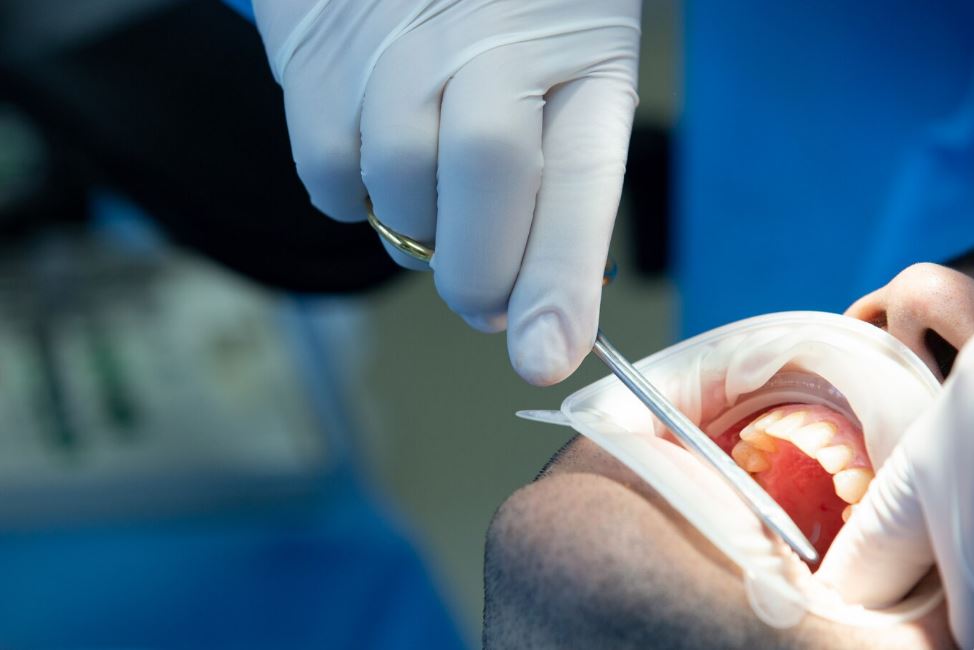
Many people feel hopeful about the possibility of receiving dental implants because it offers the chance to regain confidence in addition to function. However, the road to implants may appear difficult for those who lack sufficient bone in their upper jaw. By increasing bone density where it is most needed, sinus lift surgery can dramatically increase the likelihood of a successful dental implant. This article offers a thorough examination of this necessary procedure, including its advantages, disadvantages, and potential to significantly improve your oral health.
Table for Reference:
| Topic | Details |
|---|---|
| What is Sinus Lift Surgery? | A procedure to add bone to the upper jaw for dental implants. |
| Types of Sinus Lift | Open and closed sinus lifts. |
| Success Rate | Typically 85-97%. |
| Risks | Infection, swelling, bleeding, and membrane tears. |
| Recovery Time | Generally 2-3 weeks; bone graft healing takes 4-9 months. |
| Alternative Options | Short implants, angled implants, dentures, bridges. |
Knowing About Sinus Lift Surgery
The main goal of sinus lift surgery, also referred to as sinus augmentation, is to expand the amount of bone in the upper jaw—more especially, the region beneath the sinus cavities—so that dental implants can be successfully positioned. The procedure is frequently required when the surrounding bone starts to shrink and there is insufficient bone to support an implant, which usually occurs when teeth are lost. Sinus lift surgery is a game-changer for many patients because it creates a solid foundation for dental implants where none previously existed.
To put it more simply, a sinus lift entails carefully raising the sinus membrane and placing bone graft material in the gap between the jaw and the sinus. In addition to giving implants a solid foundation, the extra bone supports the upper jaw’s overall structural integrity. This surgery is necessary because the maxillary sinuses are close to the upper jaw, and when teeth fall out, the bone there may deteriorate, making it difficult to firmly anchor implants.
Reasons to Consider Getting a Sinus Lift
The loss of upper teeth causes the jawbone in the affected area to naturally shrink over time, which can make implanting dental implants challenging or even impossible. By giving the patient enough bone to place an implant that will fuse with the existing bone and provide a strong foundation for the implant, the sinus lift procedure takes care of this. Those who have lost teeth frequently experience this bone loss, particularly in the upper jaw. However, sinus lift surgery has emerged as a dependable way to get around this problem because of improvements in dental techniques.
This procedure offers a chance to restore both function and appearance for people who have insufficient bone mass as a result of tooth loss, gum disease, or even congenital bone problems. Patients can get the structural support they need to proceed with dental implants and open the door to a healthier, more functional smile by increasing the volume of bone beneath the sinuses.
The Method: Closed vs. Open Sinus Lift
There are two main methods for performing sinus lift surgery: open and closed sinus lifts. Although the two approaches differ in technique, they both aim to create the space required for a bone graft.
- Open Sinus Lift: To reach the sinus, a tiny hole is made in the bone. After that, the sinus membrane is carefully raised, and bone graft material is placed inside the opening. This method is usually applied when a substantial amount of bone has been lost and a strong implant foundation needs to be established.
- Closed Sinus Lift: In this less invasive technique, a tiny hole is made in the bone, and the sinus membrane is raised using a tool. After that, bone graft material is crammed into the area. When there is some existing bone available to support the graft, this technique is usually advised.
Larger grafts can be placed using the more invasive open sinus lift, particularly when there has been substantial bone loss. However, the closed method is frequently faster and can occasionally be done concurrently with the placement of a dental implant.
Complications and Success Rates
Several dental and oral surgery sources report that the success rate for sinus lift surgeries is remarkably high, usually between 85% and 97%. For many patients in need of dental implants, this makes the procedure a dependable and efficient solution. But there are possible risks to take into account, just like with any surgical procedure.
Swelling, infection, bleeding, and occasionally membrane tearing are common side effects. Membrane tears are possible, especially during the open sinus lift, but they are typically easily repaired, allowing the procedure to proceed. Rarely, additional issues like graft rejection or insufficient bone integration may arise, but these risks are reduced with the correct treatment and knowledgeable specialists.
Most patients can anticipate an initial recovery period of two to three weeks, with the graft material fully integrating into the jaw over a period of four to nine months. However, recovery times vary depending on the patient and the complexity of the procedure.
What to anticipate while recovering
Patients usually have mild discomfort following surgery, which includes bruising and swelling around the gums and cheeks. With over-the-counter pain relievers, most people can manage their pain and resume their regular activities in a matter of days. It’s important to carefully follow the dentist’s instructions during the recovery phase. For example, don’t blow your nose or engage in strenuous physical activity as these actions could interfere with the healing process.
It might take several months for the new bone to integrate properly and for the patient to fully recover from the bone graft, but the outcome is well worth the wait. Dental implants can be inserted after the bone graft has healed, giving patients a completely restored smile with a solid, dependable base.
The Advantages of Sinus Lifting
The main advantage of sinus lift surgery is that it enables patients who would not otherwise be candidates for dental implants because of inadequate bone. In addition, sinus lifts provide a number of additional benefits, such as:
- Restoration of Jaw Structure: The sinus lift aids in the restoration of normal jaw function by reestablishing the upper jaw’s bone.
- Better Aesthetics: Patients can experience a more complete and appealing smile after receiving dental implants.
- Improved Functionality: Compared to removable dentures or bridges, implants offer a more stable solution that improves comfort and chewing efficiency.
Options Besides Sinus Lift Surgery
Sinus lift surgery might not be required for certain patients. Shorter dental implants or implants positioned farther forward in the mouth, where bone density is frequently higher, are alternatives to this procedure. In some circumstances, using angled implants could completely remove the need for a sinus lift. These options might, however, have trade-offs with regard to the implants’ overall longevity and success.
Are You a Good Candidate for Sinus Lift Surgery?
A key component of dental restoration, sinus lift surgery gives patients the chance to restore lost function and appearance. For those who are experiencing upper jaw bone loss, the procedure presents a feasible option due to its high success rates and comparatively low risk profile. A sinus lift might be the game-changing procedure you need to restore your smile and confidence if you’re thinking about getting dental implants but are worried about your lack of bone mass.
